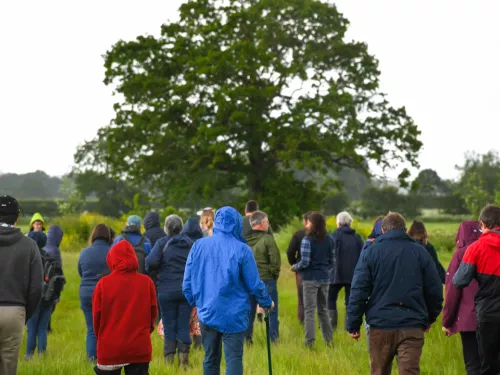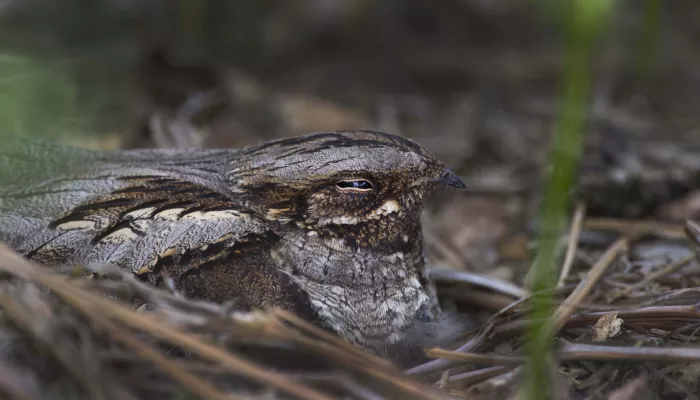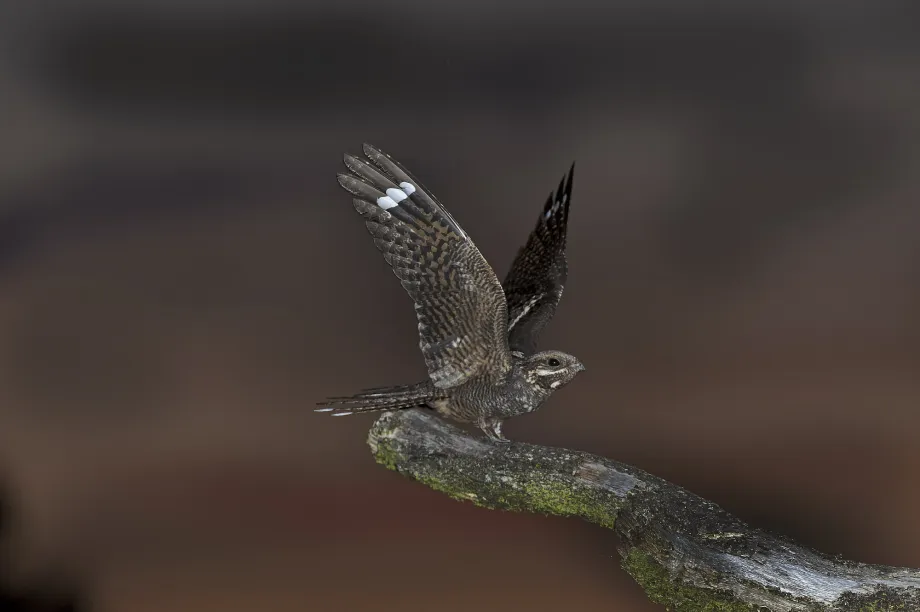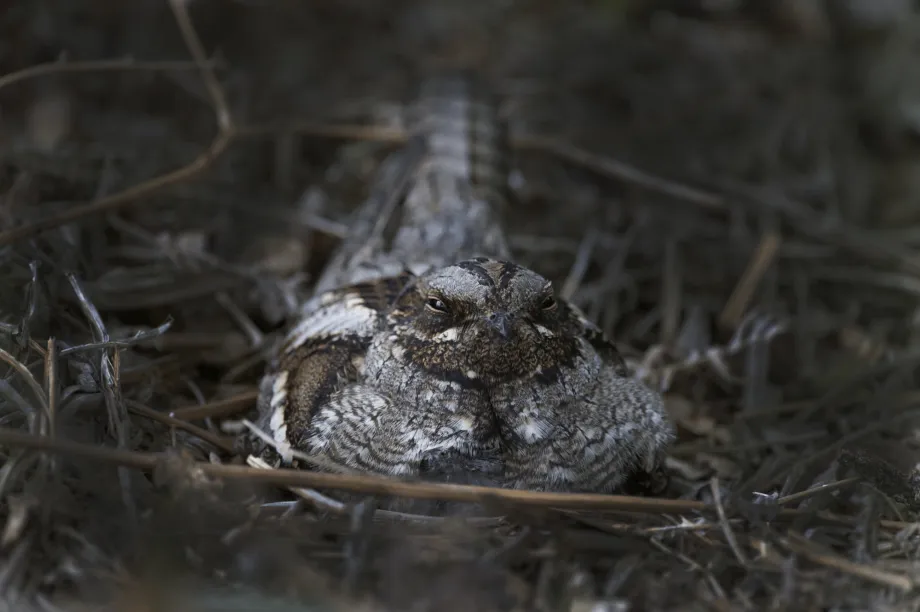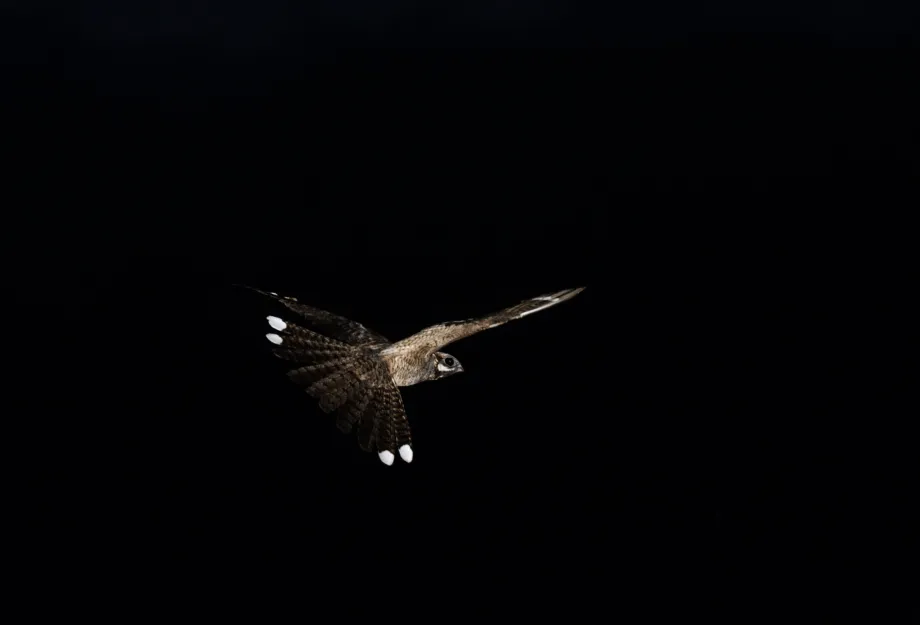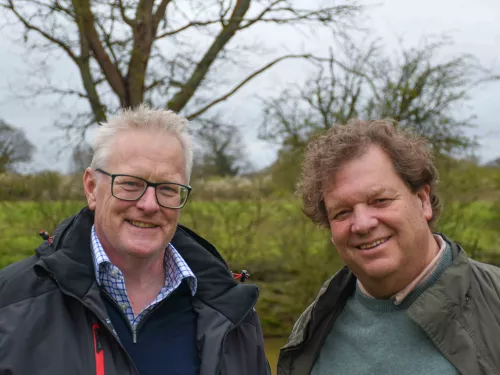Protecting nightjars and heathland wildlife
Heathlands are among the UK’s most threatened habitats – and nightjars are one of their most iconic inhabitants.
Unfortunately, over the past 150 years, around 85% of heathland has been lost through agricultural development and the planting of conifers. The small, fragmented patches that remained fell out of use and natural succession led to the development of secondary woodland, resulting in the loss of many specialist heathland species. You can find out more about the historical use and importance of heathlands here.
Since then, conservation programmes have sought to reverse the decline of this precious habitat through management and restoration. Today heathlands are no longer seen simply as wasteland and are valued for their wildlife and cultural history.
At Kent Wildlife Trust, we’re proud to be working for a Wilder Kent, creating space for nature to thrive and for people to reconnect with the natural world. Supporting and restoring heathland habitats is a key part of this mission.
The mysterious nightjar has fascinated humans for generations – long may their calls ring out across the twilight.
Experience the nightjar’s churr for yourself
If you hope to experience the haunting song of the nightjar in the UK, plan an evening walk in suitable habitats during the summer and listen carefully as darkness falls. They tend to become most active around half an hour after sunset.
Bring your binoculars, stay quiet, and keep watch for the shadows gliding silently above the scrub.
